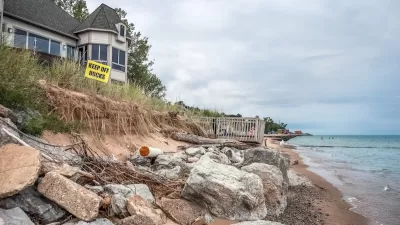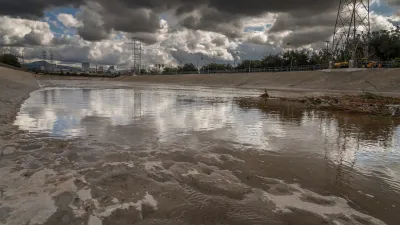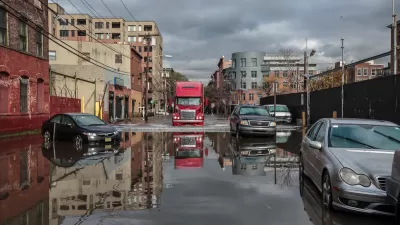About 350,000 residents have lost wildfire insurance in recent years, as a series of catastrophic fires have swept the state of California and insurance industry struggles to keep up with climate change.

Wildfire insurance is out of reach for many Californians, according to an article by Gireesh Shrimali, and the industry needs to adjust to the new climate realities of the state.
"Over the past several years, premiums have risen significantly – as much as 300% to 500% [pdf] in many cases. And in many high-risk areas, insurers are increasingly opting not to renew coverage," according to Shrimali. In all, 350,000 Californians have lost insurance coverage since a second year of catastrophic fires hit the state in 2018.
According to Shrimali, California needs a new way to calculate risk given the challenges of climate change in the state.
Challenges for insurers include the increasing severity of risk, the danger of adverse selection (when low-risk customers subsidize high-risk customers), and the effects of spiraling premiums.
To manage these risks, Shrimali suggests a few specific measures that would achieve better models for assessing and pricing risk as well as steps to ensure a "robust and guaranteed demand for wildfire insurance, which will attract private insurers into the market."
FULL STORY: In fire-prone California, many residents can’t afford wildfire insurance

Maui's Vacation Rental Debate Turns Ugly
Verbal attacks, misinformation campaigns and fistfights plague a high-stakes debate to convert thousands of vacation rentals into long-term housing.

Planetizen Federal Action Tracker
A weekly monitor of how Trump’s orders and actions are impacting planners and planning in America.

In Urban Planning, AI Prompting Could be the New Design Thinking
Creativity has long been key to great urban design. What if we see AI as our new creative partner?

King County Supportive Housing Program Offers Hope for Unhoused Residents
The county is taking a ‘Housing First’ approach that prioritizes getting people into housing, then offering wraparound supportive services.

Researchers Use AI to Get Clearer Picture of US Housing
Analysts are using artificial intelligence to supercharge their research by allowing them to comb through data faster. Though these AI tools can be error prone, they save time and housing researchers are optimistic about the future.

Making Shared Micromobility More Inclusive
Cities and shared mobility system operators can do more to include people with disabilities in planning and operations, per a new report.
Urban Design for Planners 1: Software Tools
This six-course series explores essential urban design concepts using open source software and equips planners with the tools they need to participate fully in the urban design process.
Planning for Universal Design
Learn the tools for implementing Universal Design in planning regulations.
planning NEXT
Appalachian Highlands Housing Partners
Mpact (founded as Rail~Volution)
City of Camden Redevelopment Agency
City of Astoria
City of Portland
City of Laramie





























